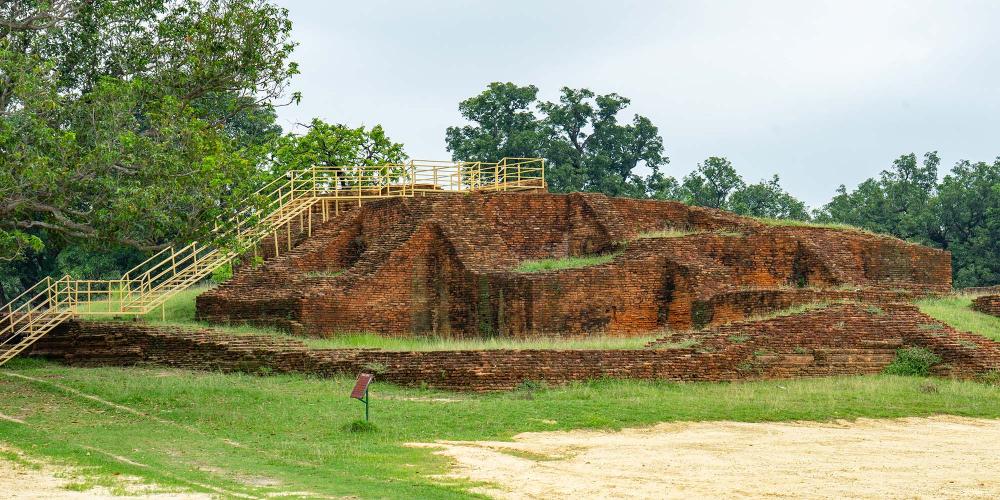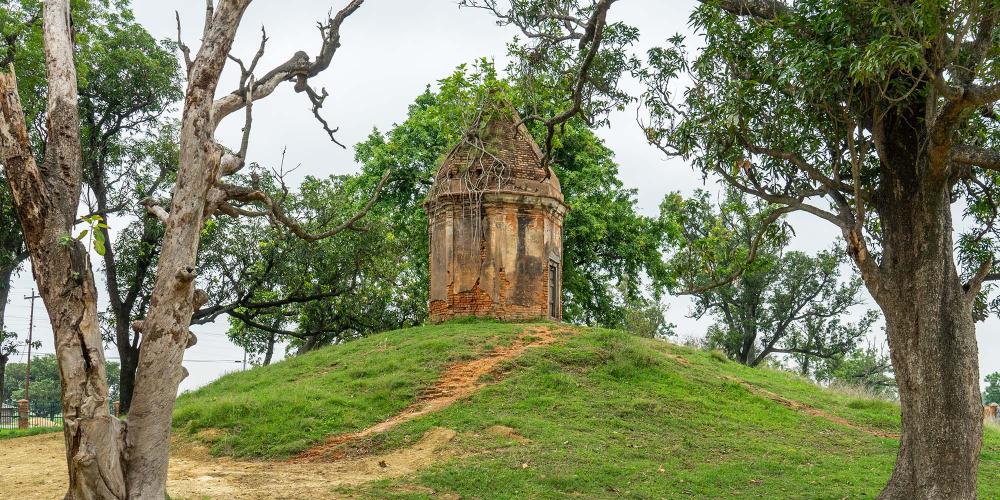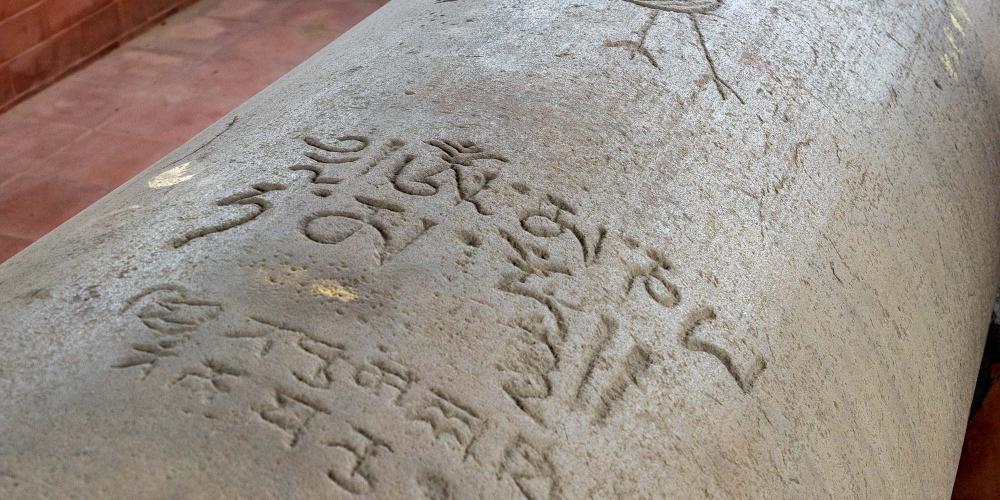Kudan: The ancient site of Nyigrodharama

The ancient site of Nyigrodharama, now known as Kudan, is another important historical site in the story of Buddha. It is about 6 kilometres (3.5 miles) from his childhood home at Tilaurakot.
Kudan is believed to be the place where Buddha first met with his father, King Suddhodhana, after he achieved enlightenment. It became a key location in the spread of Buddha’s message as family members welcomed his mission, including his son Rahula, who was ordained here at the age of 8.
When you visit today, walking in the footsteps of Buddha, you’ll see a series of impressive stupas. It’s believed each of them was built to commemorate important events here, including where Rahula was ordained, and the meeting of Buddha and King Suddhodhana. It’s thought that the pond was built ahead of Buddha’s arrival for that meeting.
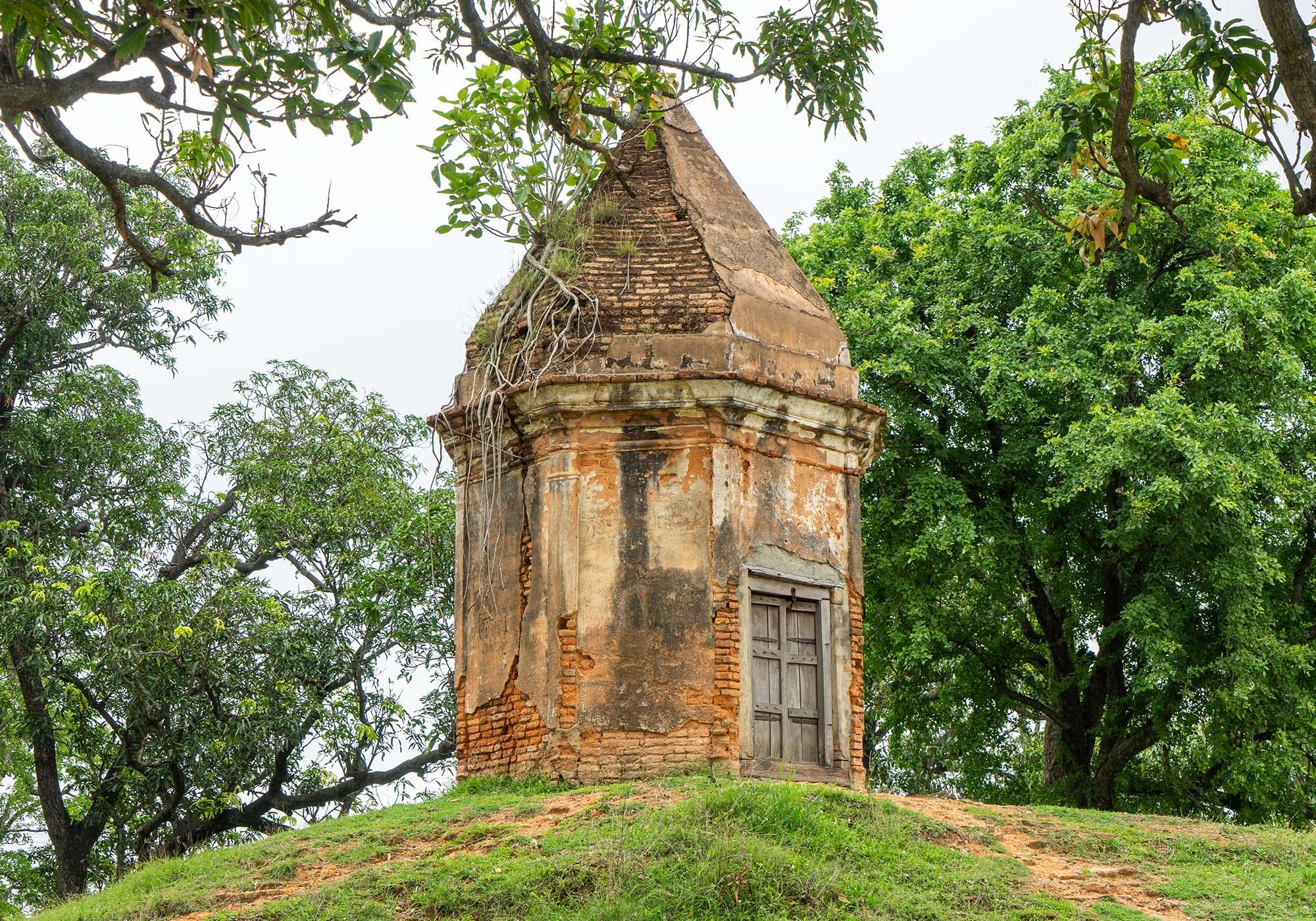
There are several other sites in the area that have important historical significance and they can all easily be visited on the same trip.
There is Gotihawa, which is considered to be the place where Krakuchhanda Buddha was born and attained enlightenment. Nearby is Niglihawa, which is thought to be the birthplace of Kanakamuni Buddha. More excavation work is planned at the sites but you can see pillars erected in 249 BC by Emperor Asoka at both sites.
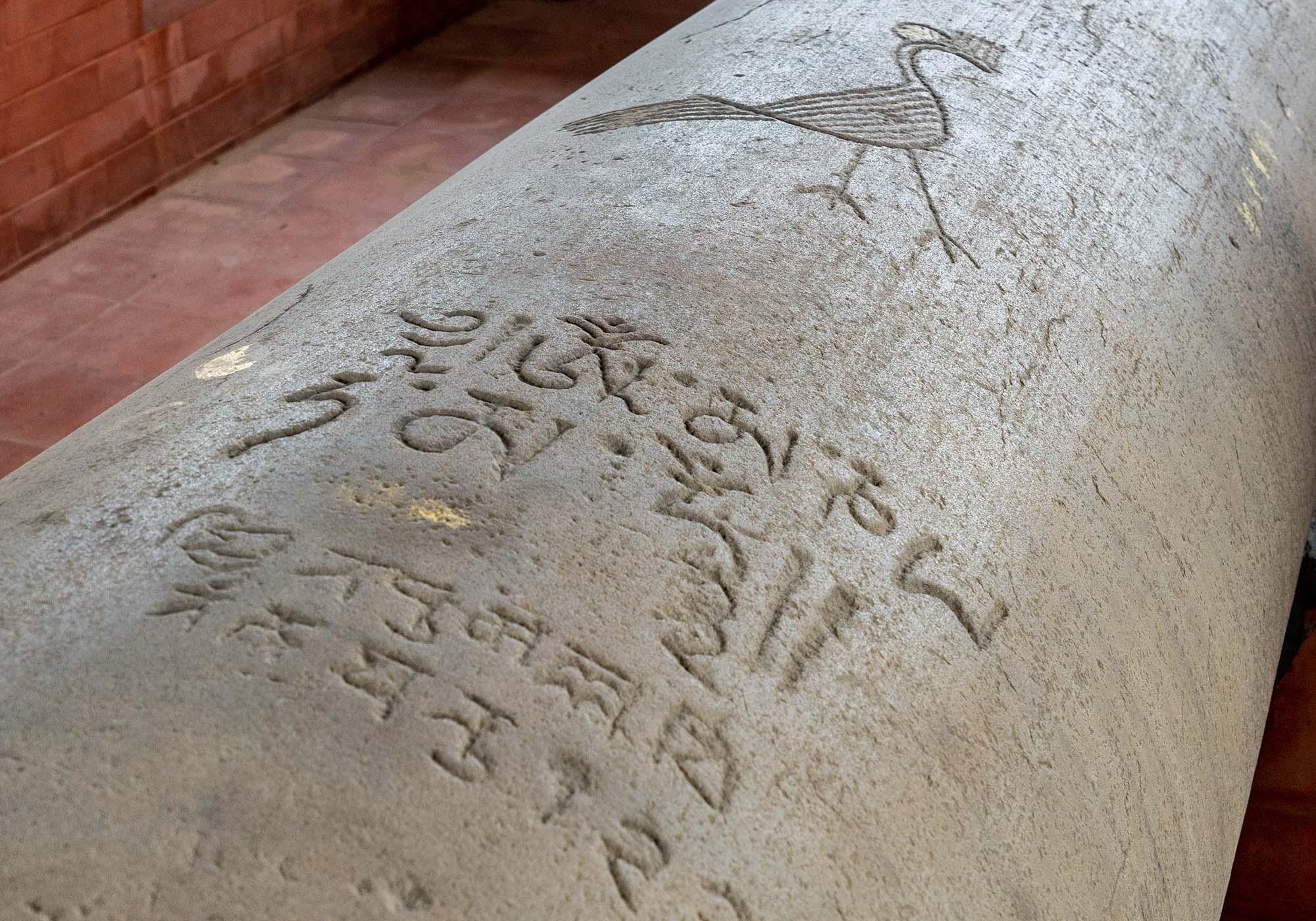
Other sites that have been identified as significant but only have limited things to see these days are Araurakot, Sagarahawa, and Sisaniya. It’s quite remarkable to think about the events that were happening here in this region more than 2000 years ago and the effects of them that are still felt today.
